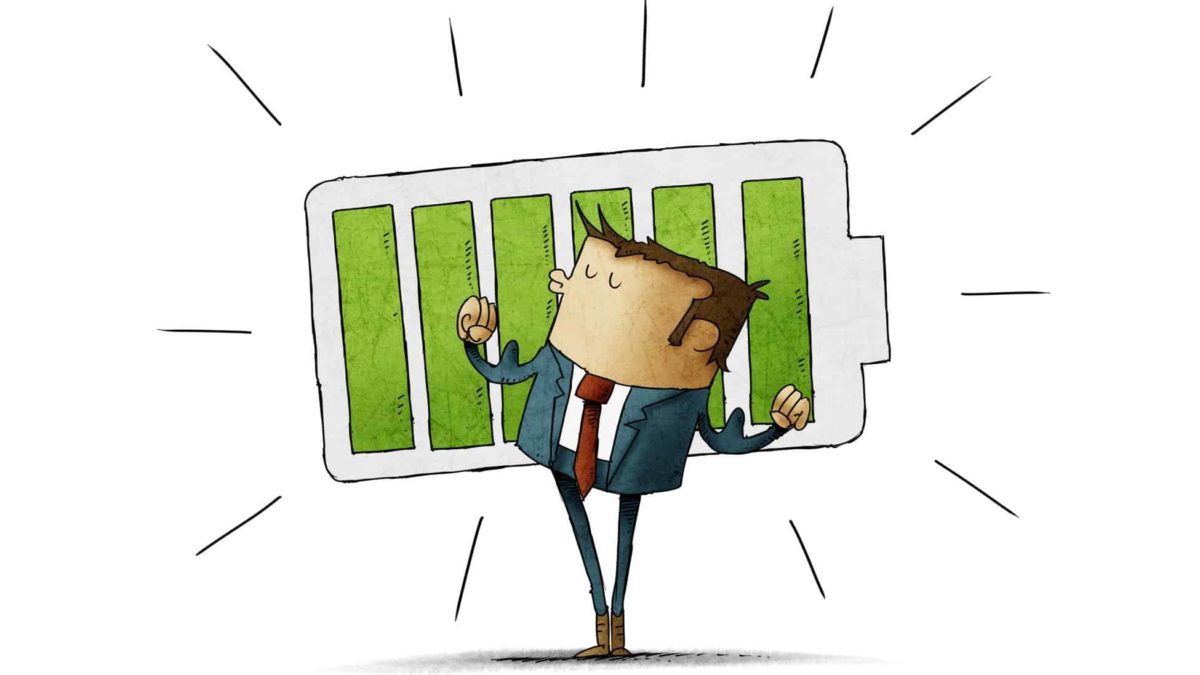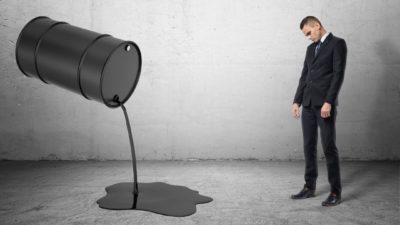ASX lithium shares have received much attention in 2022 amid a higher lithium price and growing demand for electric vehicles.
For example, in 2022 alone, the Pilbara Minerals Ltd (ASX: PLS) share price has gone up by more than 47%. In five years, it's up more than 400%.
But while it may seem that the lithium sector is already booming, a report has been released that implies the Australian lithium sector could become much bigger.
Certainly, the KPMG report forecasts a number of promising prospects for the lithium sector.
One is that a survey of 322 global mining executives found 87% of them said they will have delivered net zero emissions by 2035.
Lithium demand is expected to soar
The report said that as the world transitions away from fossil fuels, substantial decarbonisation minerals will be needed. In turn, this could "drive demand for mining output".
Electric vehicles are just one of the key users of the critical mineral for batteries but at the moment, according to KPMG, it's estimated that there are around 1.4 billion cars in the world, of which only around 15 million (or 1%) are electric vehicles.
KPMG estimates more than two billion electric vehicles will need to be manufactured to accommodate global demand and transition away from fossil fuel-powered vehicles by 2050.
National Mining and Metals Leader at KPMG Australia, Nick Harridge, said:
Lithium investment is really just beginning to meaningfully increase in Australia. Mining investment is increasingly turning towards it and other critical minerals. Given that the price of lithium has surged in the last year, the incentive to invest further in lithium production and circularity remains very high.
The report noted that "the pace of EV sales is increasing with nearly half of the current stock of electric vehicles sold in the last year". This rapid pace will be required to continue the transition away from fossil fuels, according to KPMG. For that to happen, the production of critical minerals used for batteries "will also need to continue".
However, it was noted that an improvement in technologies will reduce the volume of lithium needed in car batteries and alternative technologies "will provide a partial offset to the level of lithium required".
KPMG said:
KPMG's view is that alternative technologies, whilst not yet of commercial scale, highlight a counter to lithium demand. Yet overall, lithium demand will remain very high in the near term and strong investment will be needed to ensure that production of new and circular minerals keeps up with demand, but the required level of production is attainable.
Australia to turn into a refining hub
According to the report, Australia produces around half of the global lithium supply, with that share expected to be stable in the near term.
KPMG believes that a significant level of investment is set to take place, which should support Australian lithium production over the next decade. There's also potential for more of the lithium value chain to occur in Australia, such as refining.
Australia has historically exported unrefined lithium to China. But, ASX lithium shares such as Pilbara Minerals, Mineral Resources Limited (ASX: MIN), and Wesfarmers Ltd (ASX: WES) are investing in plans to take part in the lithium supply chain.
KPMG was keen to point out that it's not just refining capacity, but how 'green' that refining is.
The report concluded:
By 2024, Australia should have about 10 percent of global lithium hydroxide refining capacity, rising to about 20 percent of global lithium refining by 2027. Given the higher price for refined lithium – even more for refined lithium with sustainability credentials – the increase in lithium refineries in Australia should help support investment in lithium mining in the years ahead. We therefore expect Australia to maintain a high share of global supply of lithium in the decades ahead.
While share price movements are very hard to predict, it seems the outlook seems promising for ASX lithium shares.









